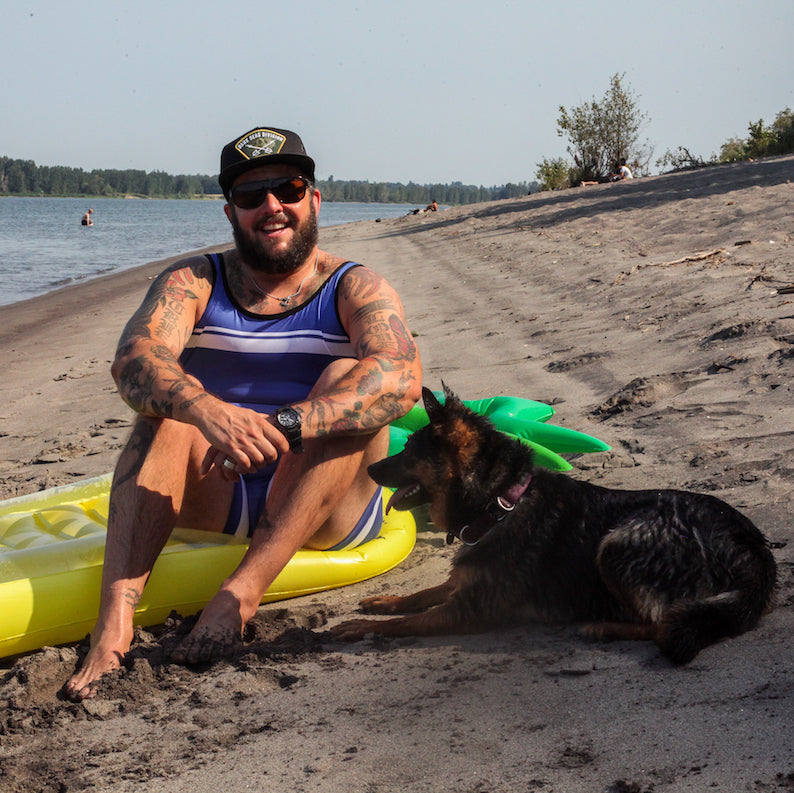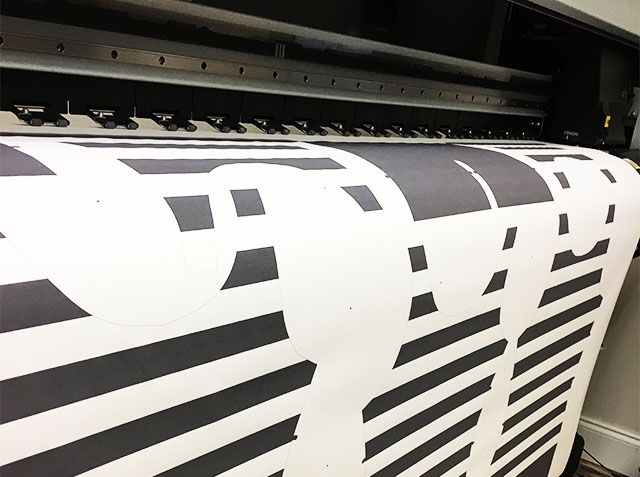
Instructions for caring for your swimsuit
#1 Watch where you sit Gritty surfaces in hot tubs and pools will keep your feet from slipping, but they will also catch and tear tiny fibers in your suit when you sit on them. This is true for a...

How are Beefcake swimsuits made?
Beefcake Swimwear swimsuits are made in the USA! Specifically in Portland, Oregon, at a woman-owned manufacturer. Our fabric comes from Italy, but all the magic happens in PDX. Our manufacturer use...